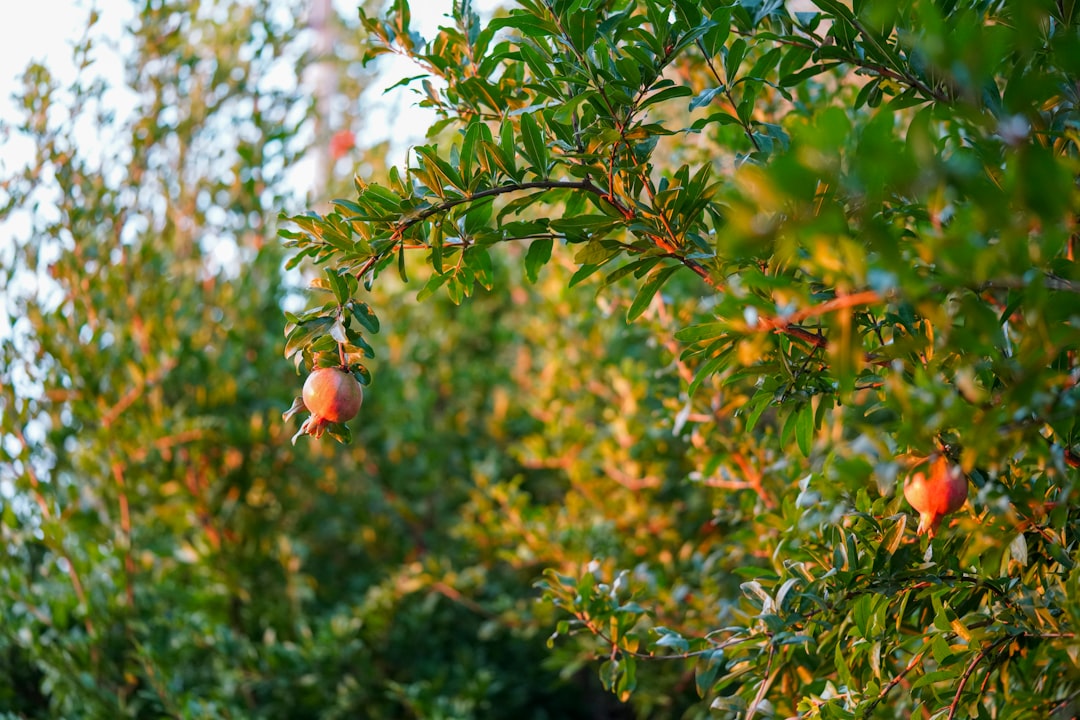Unveiling the Beauty of Large - Leafed Perennials in Damp Gardens

Flowers have always held a special place in the hearts of gardening enthusiasts. Among the vast array of floral wonders, large - leafed perennials, especially those that thrive in persistently damp spots, offer a unique charm and aesthetic appeal. One such remarkable group of plants is the ligularia varieties.
Ligularia plants are a true gem in the world of gardening. These perennials are well - adapted to areas with consistent moisture, making them an ideal choice for gardens that have low - lying, damp regions or spots near water features. Their large leaves are not only a practical adaptation to their damp environments but also add a touch of drama and lushness to any garden setting.
The leaves of ligularia plants are a sight to behold. They come in deep burgundy hues in many varieties, which create a rich and bold backdrop. The deep color of the leaves is not just for show; it is also a result of the plant's biological processes. The pigments in the leaves, such as anthocyanins, which give the burgundy color, may play a role in protecting the plant from excessive sunlight or environmental stressors. These large leaves also have a unique texture, often being thick and leathery, which helps the plant retain moisture in its damp habitat.
But the beauty of ligularia doesn't stop at its leaves. When the flowering season arrives, these plants burst into a display of golden flowers. The contrast between the deep burgundy leaves and the bright golden flowers is truly striking. The golden flowers are usually arranged in clusters, creating a focal point in the garden. The shape of the flowers can vary from daisy - like to more tubular forms, adding to the visual interest.
Learning to grow ligularia in your garden requires some understanding of its specific needs. First and foremost, as mentioned earlier, they need a persistently damp environment. This can be achieved by choosing the right location in your garden. If you don't have a naturally damp area, you can create one by installing a small water feature or by amending the soil to improve its water - holding capacity. Adding organic matter such as compost or well - rotted manure to the soil can help retain moisture and provide essential nutrients for the plant.
When it comes to sunlight, ligularia plants prefer partial shade. Too much direct sunlight can scorch their large leaves, especially in hot summer months. However, they still need some sunlight to carry out photosynthesis and produce those beautiful flowers. A spot that receives a few hours of morning sun and is shaded during the hottest part of the day is ideal.
Another important aspect of growing ligularia is soil quality. They thrive in rich, fertile soil. The soil should be well - drained but still retain moisture. A pH level that is slightly acidic to neutral is best for these plants. You can test the soil in your garden and make adjustments as needed. If the soil is too alkaline, you can add sulfur to lower the pH. If it is too acidic, adding lime can help raise the pH.
Propagation of ligularia can be done through division. In early spring or fall, you can carefully dig up an established plant and divide it into smaller sections. Each section should have a good root system and a few healthy shoots. Replant the divided sections in suitable locations in your garden, making sure to water them well after planting.
Like any other plant, ligularia is also susceptible to certain pests and diseases. Slugs and snails are common pests that may attack the large leaves of ligularia. You can control these pests by using natural methods such as placing beer traps or copper barriers around the plants. Fungal diseases can also be a problem, especially in humid conditions. To prevent fungal infections, make sure there is good air circulation around the plants and avoid over - watering.
In conclusion, ligularia plants are a wonderful addition to any garden. Their large, deep burgundy leaves and golden flowers create a stunning visual display. By understanding their specific growing requirements, you can successfully grow these perennials in your own garden and enjoy their beauty year after year. Whether you are a seasoned gardener or just starting out, ligularia offers a rewarding gardening experience.